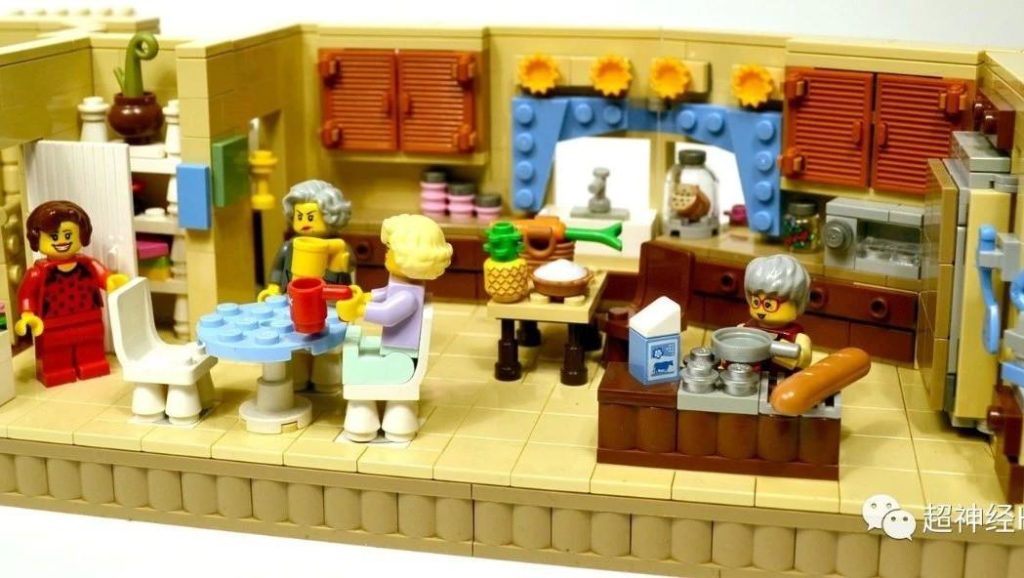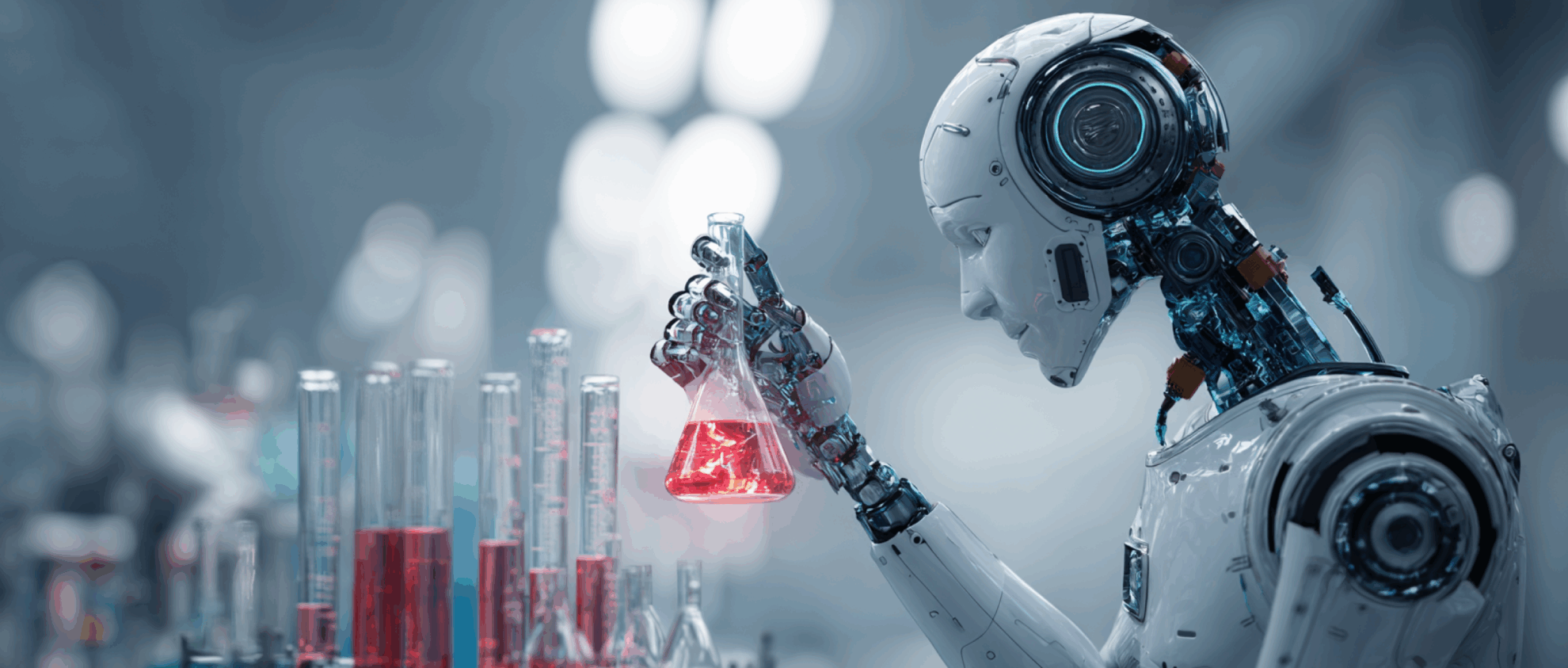By Super Neuro
It’s Children’s Day, so I’d like to recommend something that is both delicious and childish.
When we were young, we must have played house games, which are similar to the role-playing games we are familiar with now (wrong). Everyone likes to play the role of salesperson or chef because these jobs have distinct role characteristics and clear processes.
Children all over the world are the same. Four older children from MIT have been fascinated by kitchen processes since childhood and thought they could try to use technology to handle kitchen matters. They opened a robot restaurant in downtown Boston. Except for a chef director, the other seven chefs in this restaurant are all robots.
These robots are not simple. While freeing the chefs' hands, they also fire the chefs.
This fast food restaurant is called Spyce. It was founded by four MIT top students, Michael Farid, Brady Knight, Luke Schlueter and Kale Rogers. It is also their robot test site. The original intention of founding it was because they liked Lego since childhood, especially the kitchen series. So let's call them the "MIT Secondary Boys Group" for the time being.
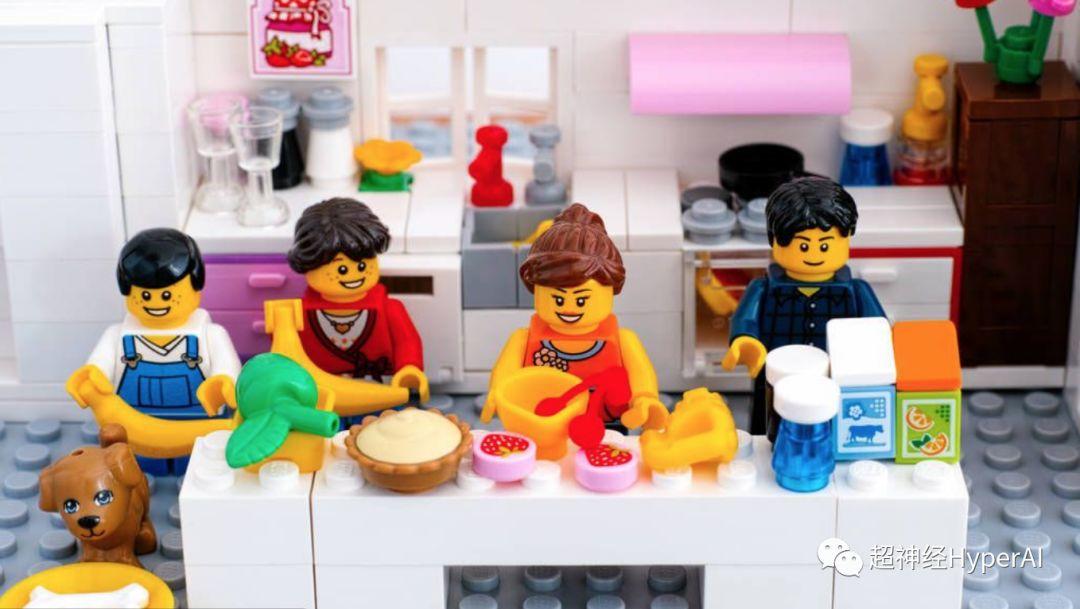
With a passion for robots, four like-minded people quit their jobs and studies and started developing robots in a basement. As for why they chose a basement, it may be because most of the outstanding predecessors came from garages or basements, such as Google and Apple, which were born in garages.
Can robots really replace chefs?
Of course, if these four straight men started working on a cooking robot directly, they would not be able to play!
So they invited a chef as a consultant, and with the help of Michelin chef Daniel Boulud, they walked out of the basement in early May this year and founded the robot restaurant Spyce. At the same time, Daniel is also an investor and the chef of the restaurant, responsible for formulating menus and compiling recipes.
Michael Farid, one of the members of the Chuuji boy band, is responsible for writing menus and recipes into the robot's program. Customers only need to order online and the robot will start working directly.
At first, these robots did not have mechanical arms and could only be described as "skillets connected to WiFi."
This machine consists of 7 round electromagnetic woks and a raw material collector located above the woks. The 7 woks can work at the same time, and the ingredients can be stir-fried by rotating them. It takes about 3 minutes to cook, which can meet the needs of office workers for fast food.
Currently, these robots can only stir-fry, while people are still needed to prepare ingredients, serve, package, add ingredients, etc. Moreover, these robots cannot cook all dishes, such as baking cakes or making burritos.
This should be the limitation of most robots currently. They can only do some relatively vertical work and be responsible for a specific link.
Robot: Cooking is too complicated. I can’t do it!
Before the MIT middle school boy band founded Spyce, in March of this year, another AI technology company, Miso Robotics, had already developed the world's first AI robot kitchen assistant, which is mainly used to flip grilled meat and place it on bread slices.
This robot is equipped with the company's independently developed Miso AI system, which can monitor the barbecue temperature in real time and automatically change sides for frying and grilling. It can also automatically scrape off the oil on the grill with a scraper when grilling.
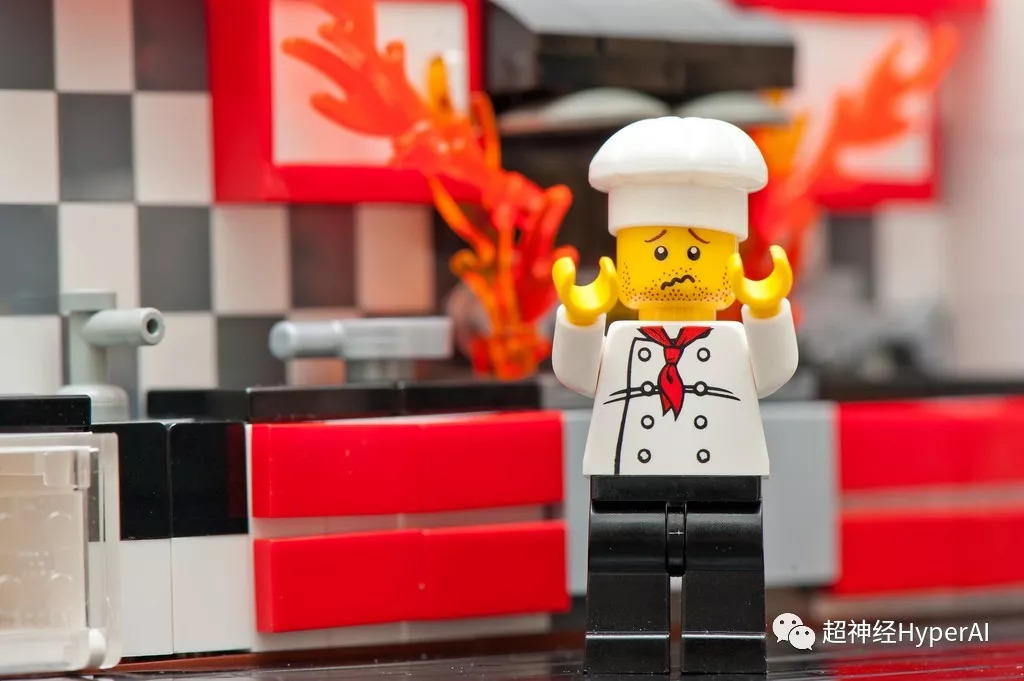
Although it is powered by AI, it is still limited by hardware and can only be used to grill meat, while cutting vegetables, preparing ingredients, and adding side dishes to burgers still need to be done by humans.
Therefore, it is difficult for this machine to handle all the work of a chef, and it is also difficult to make different dishes on the same machine.
Robotic kitchen system: Maybe it can replace chefs
However, the world's first robotic kitchen system developed by Moley Robotics may break this limitation. From the hardware structure, this kitchen system covers a refrigerator, various kitchen utensils, water circulation, etc., and can realize tasks such as selecting vegetables, washing vegetables, cutting vegetables, and plating vegetables.
The most important thing is that it has a pair of human-like robotic hands that can perform some human movements, such as holding a pot, holding a spatula, holding ingredients, etc. This allows it to have a wider range of operations and be able to do things other than cooking.
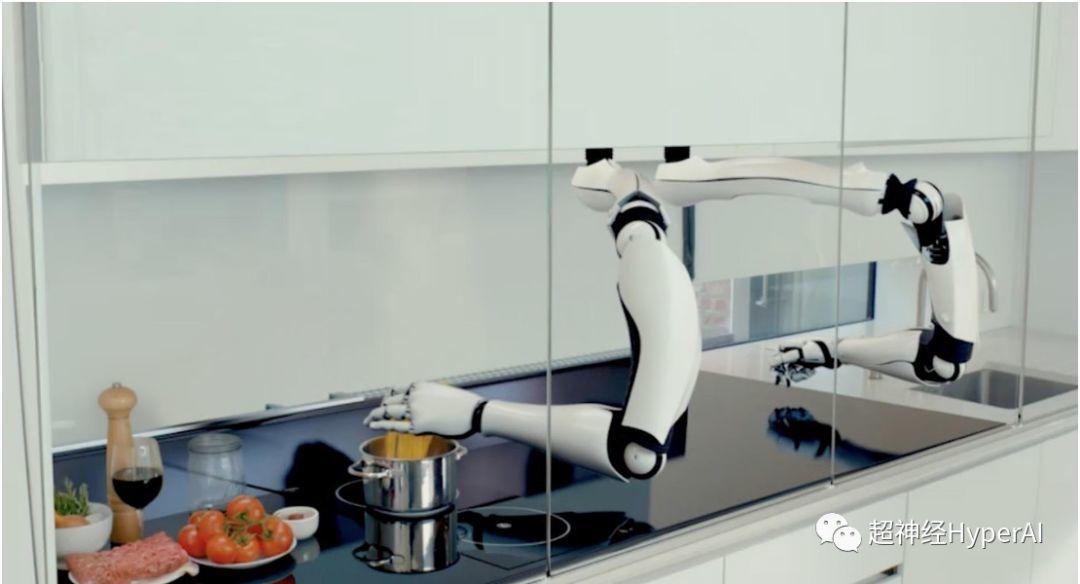
(Image source:http://www.moley.com/ Video screenshot from the official website)
Moreover, its system is compatible with all smart homes. From the concept displayed on the official website, you only need to input the dishes online, determine the time and number of people to eat, and it can prepare the meals in advance. From selecting and cutting vegetables to cooking and plating, to washing dishes and pots, it is fully automated. Most importantly, it can cook both Chinese and Western food.
You can order meals on your phone at work and eat directly when you get home. It's like the real-life version of the Conch Girl. It's a must-have at home. Why do you need a girlfriend?
If this system can be used in restaurants in the future, then restaurants may really only need waiters.
As for whether robots can replace chefs, it is theoretically possible, but it is limited to imitation. For some creative or difficult to digitize dishes, they still need to be done by humans. Of course, the attempts of MIT Zhong Er Boys Group and other companies are still worthy of recognition.
However, judging from the current performance of robots in the catering industry, robots can only assist chefs in certain links and improve work efficiency, but they cannot replace chefs, just like Starbucks' coffee machines can only replace people in grinding coffee.
